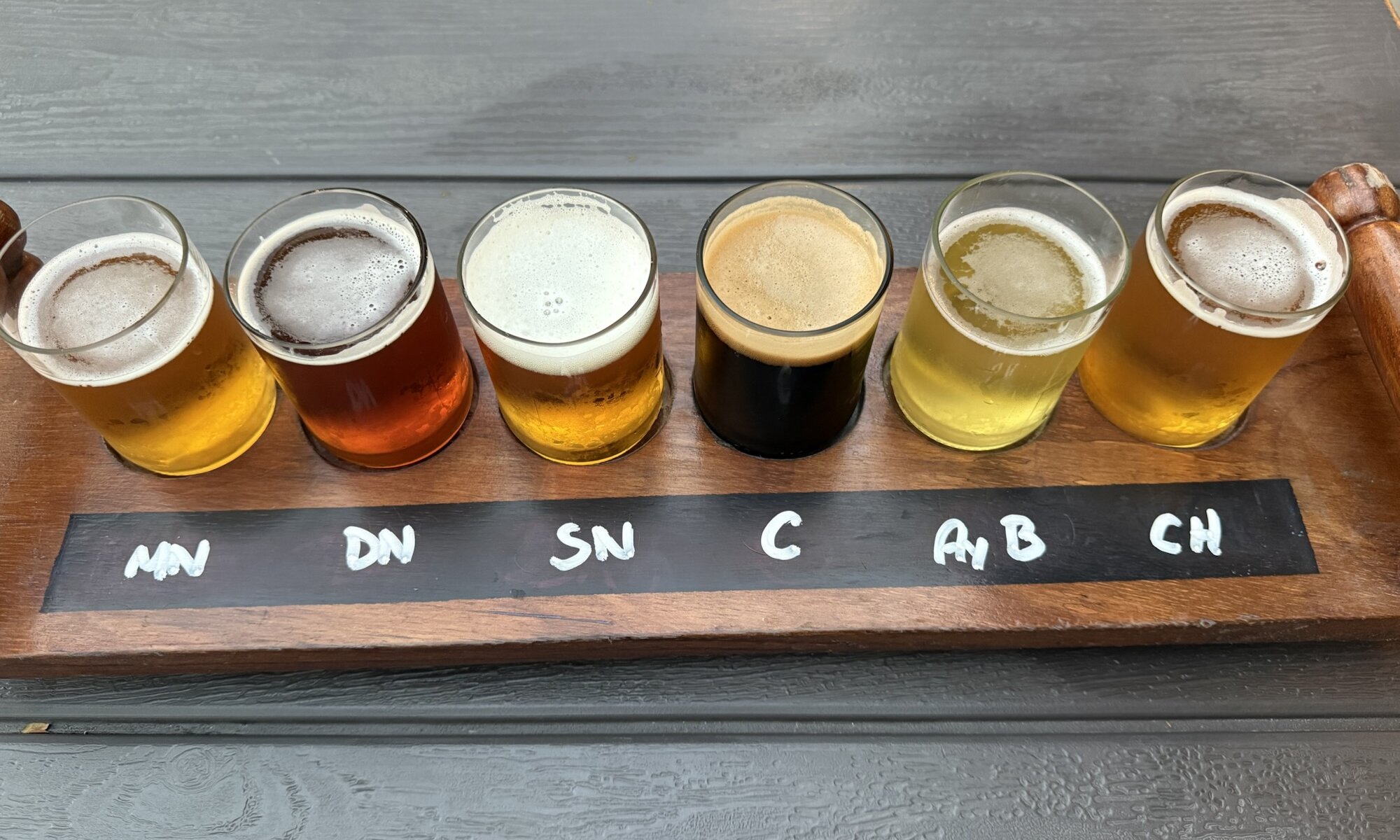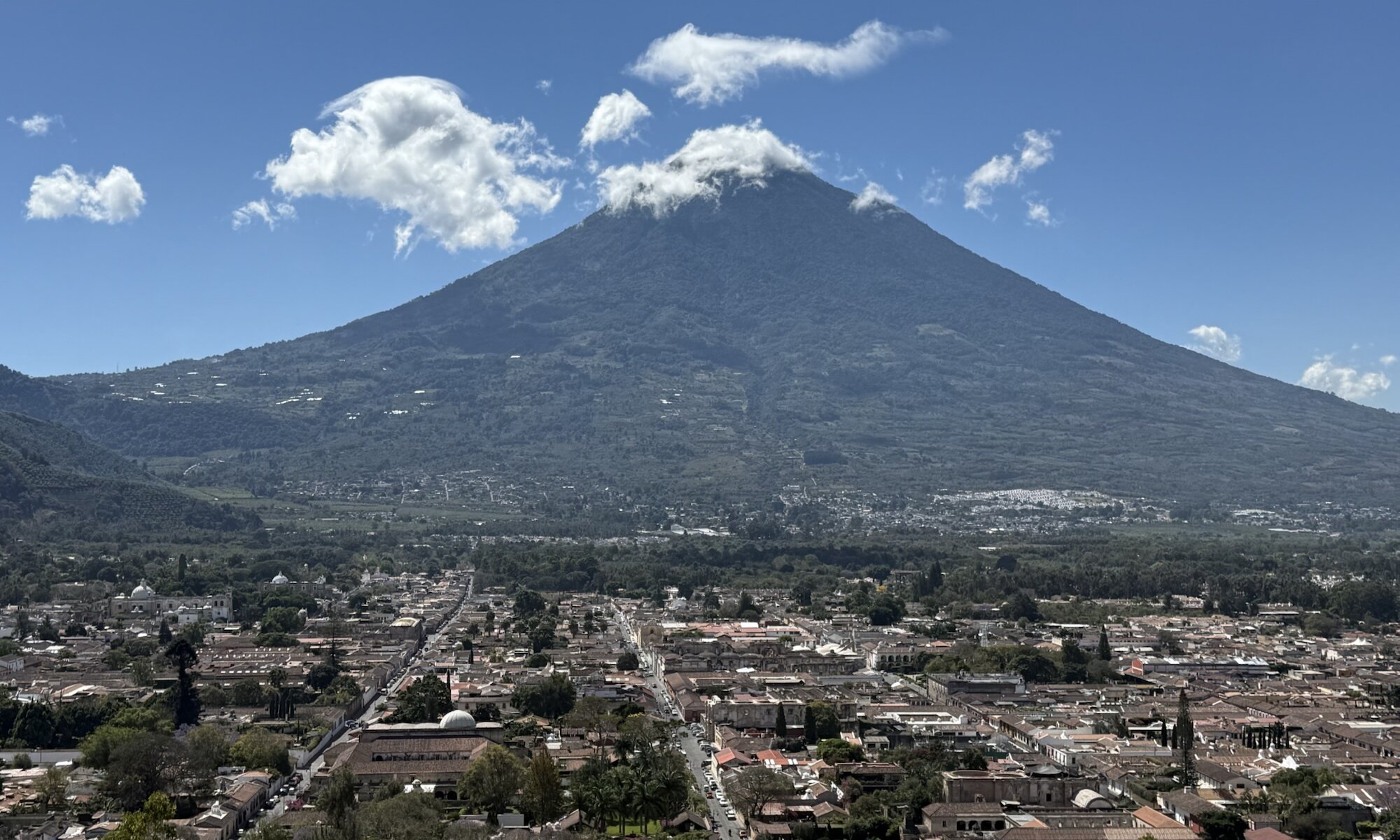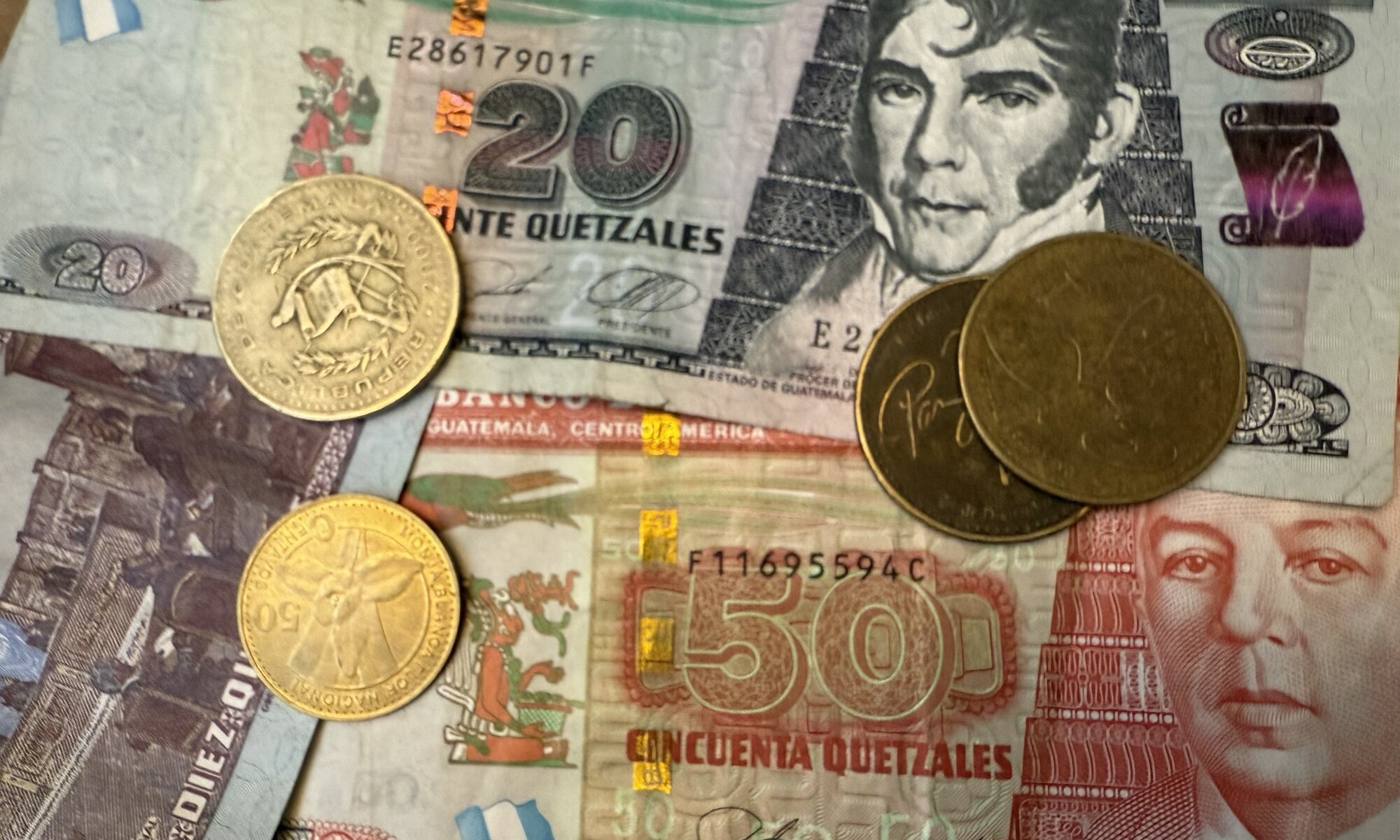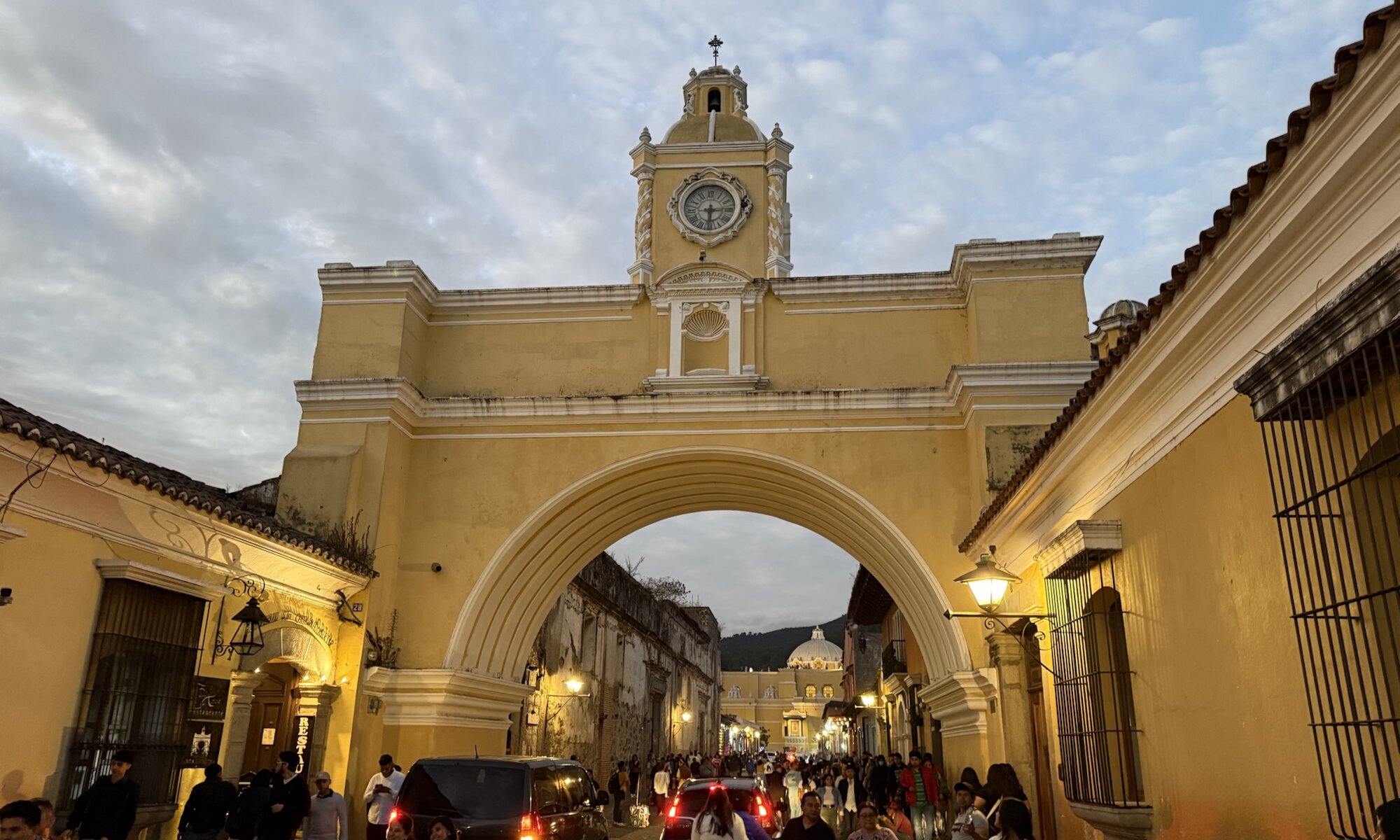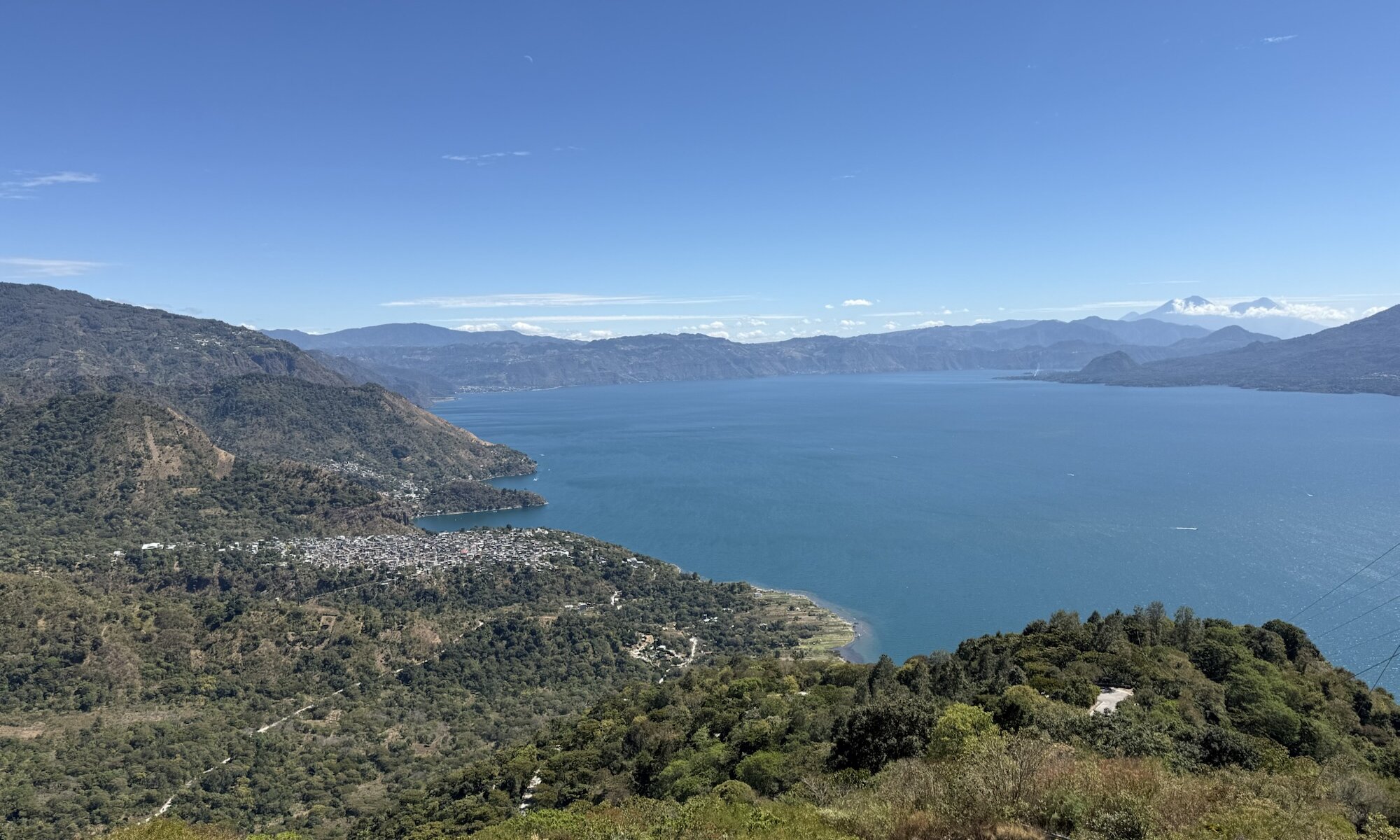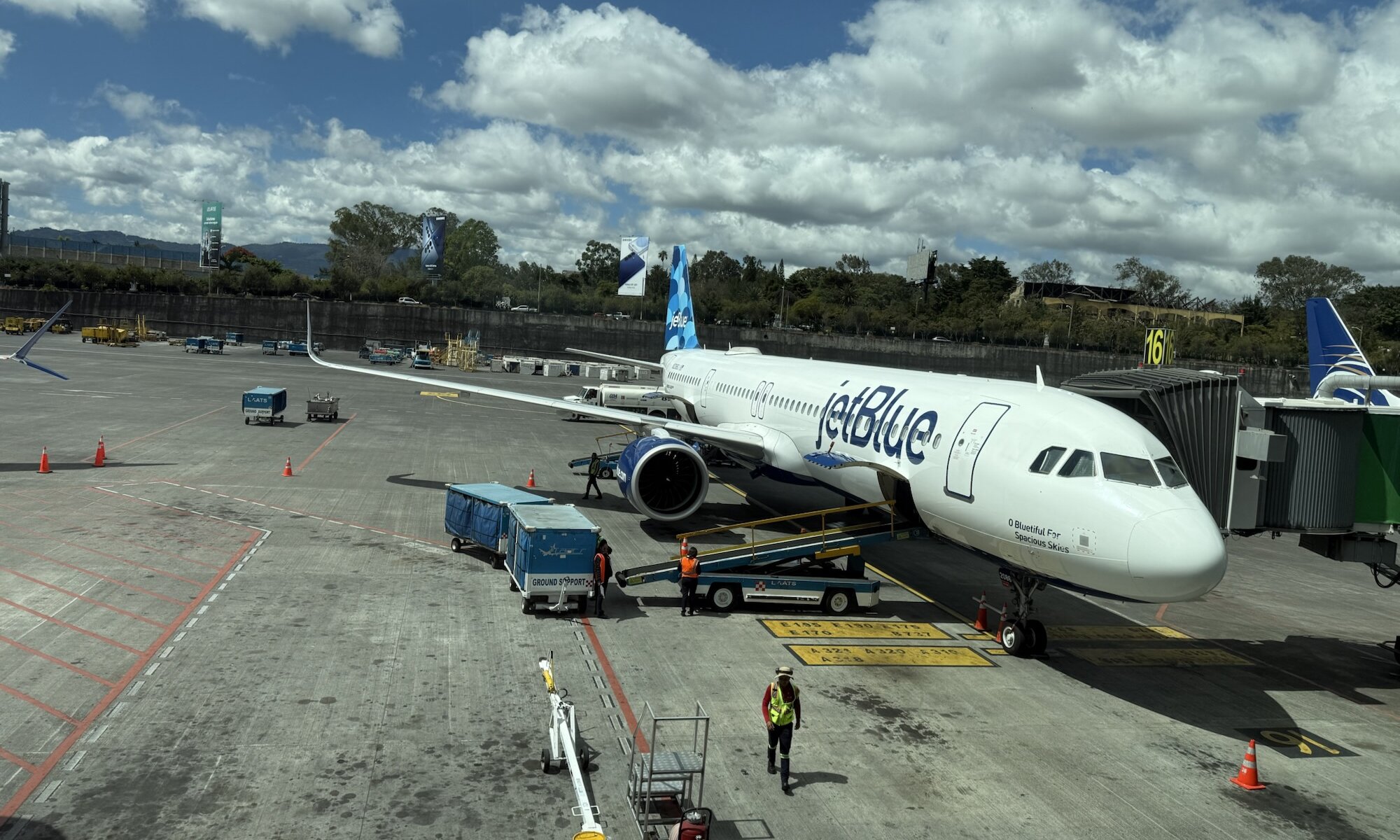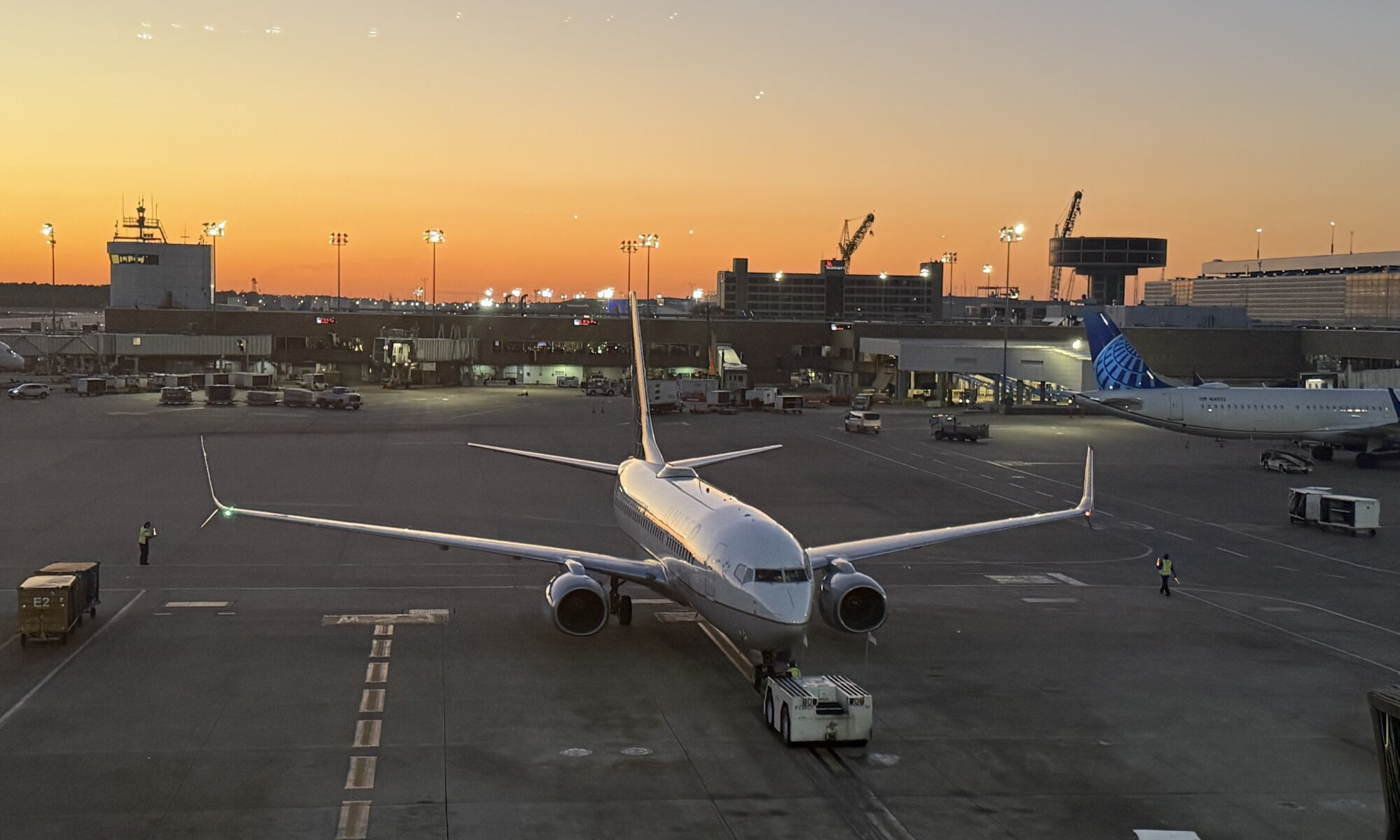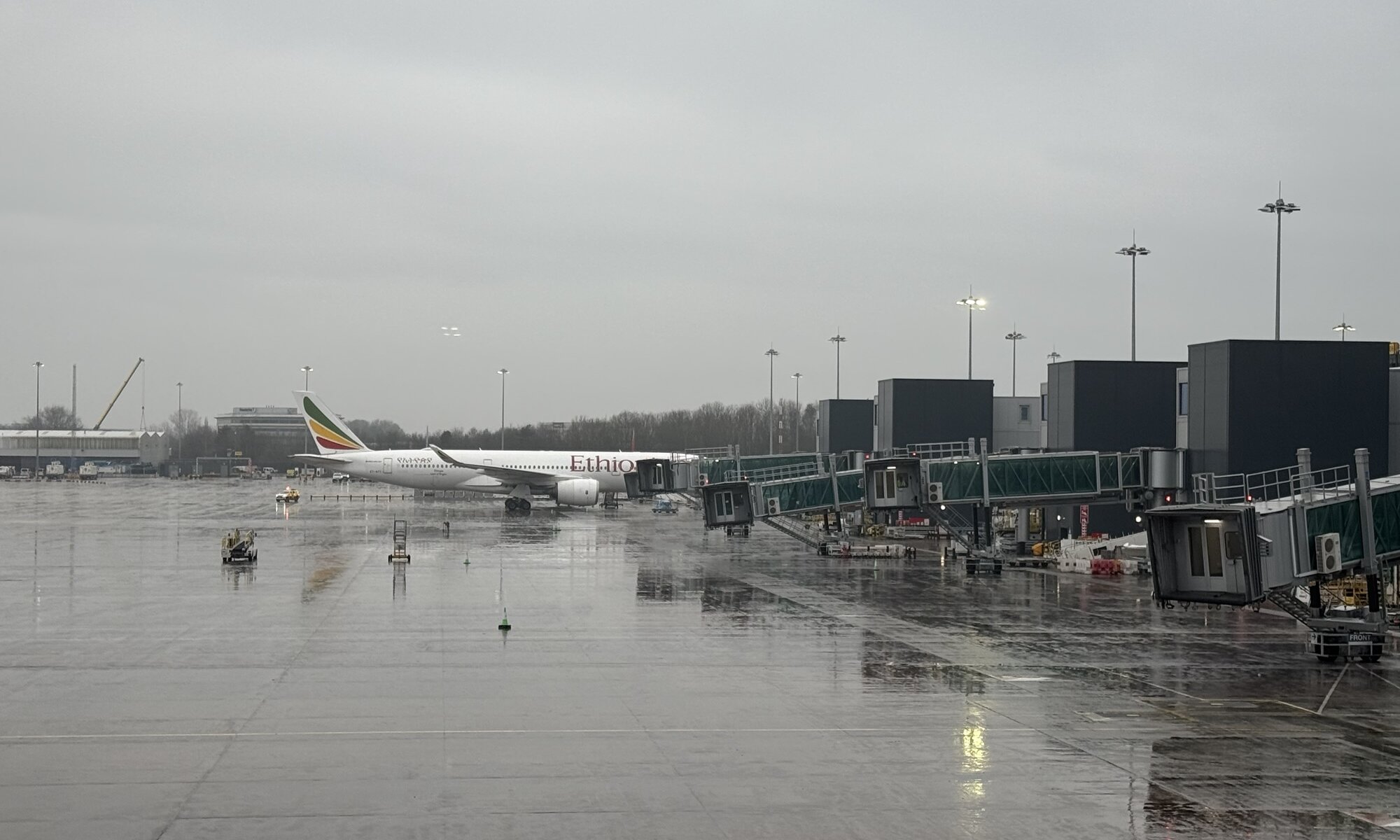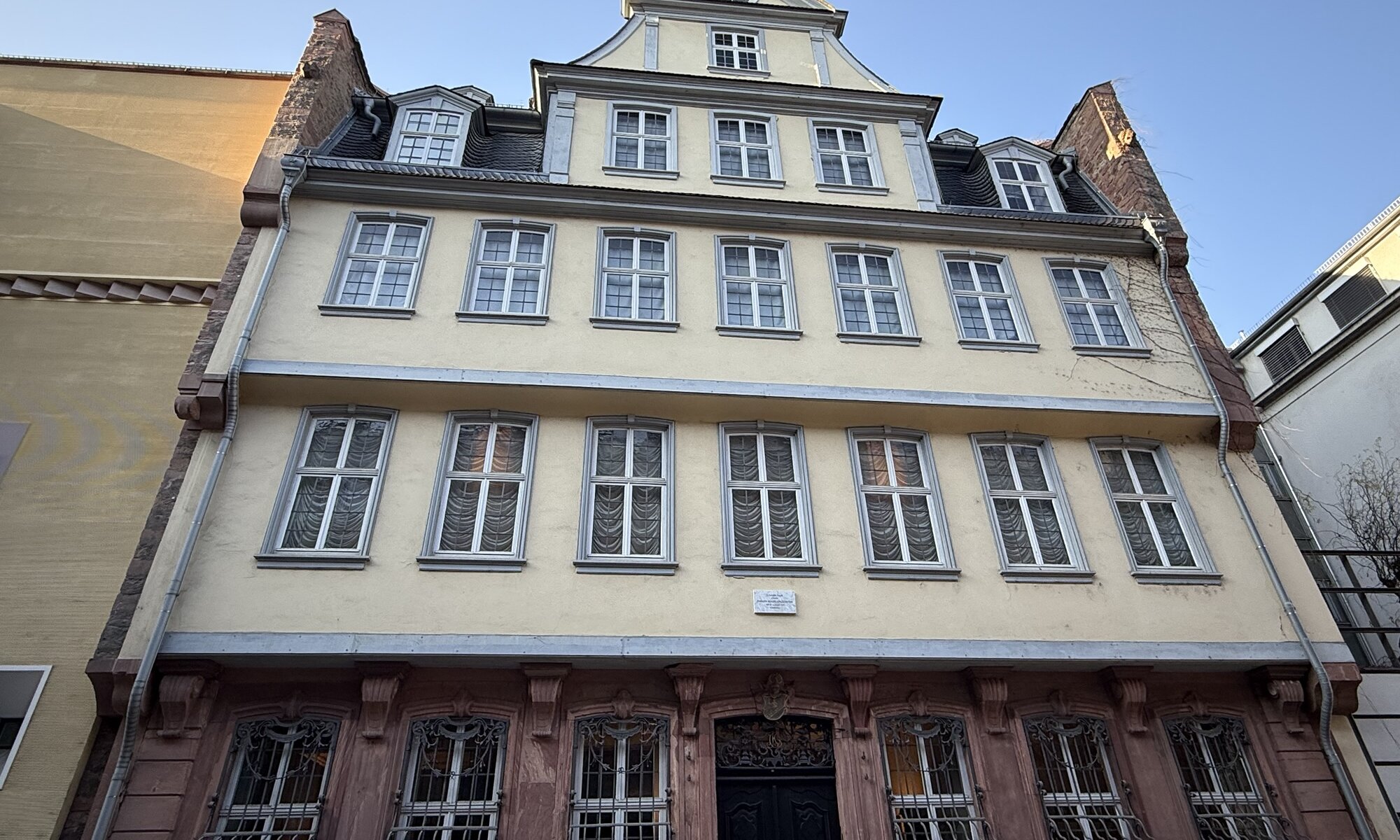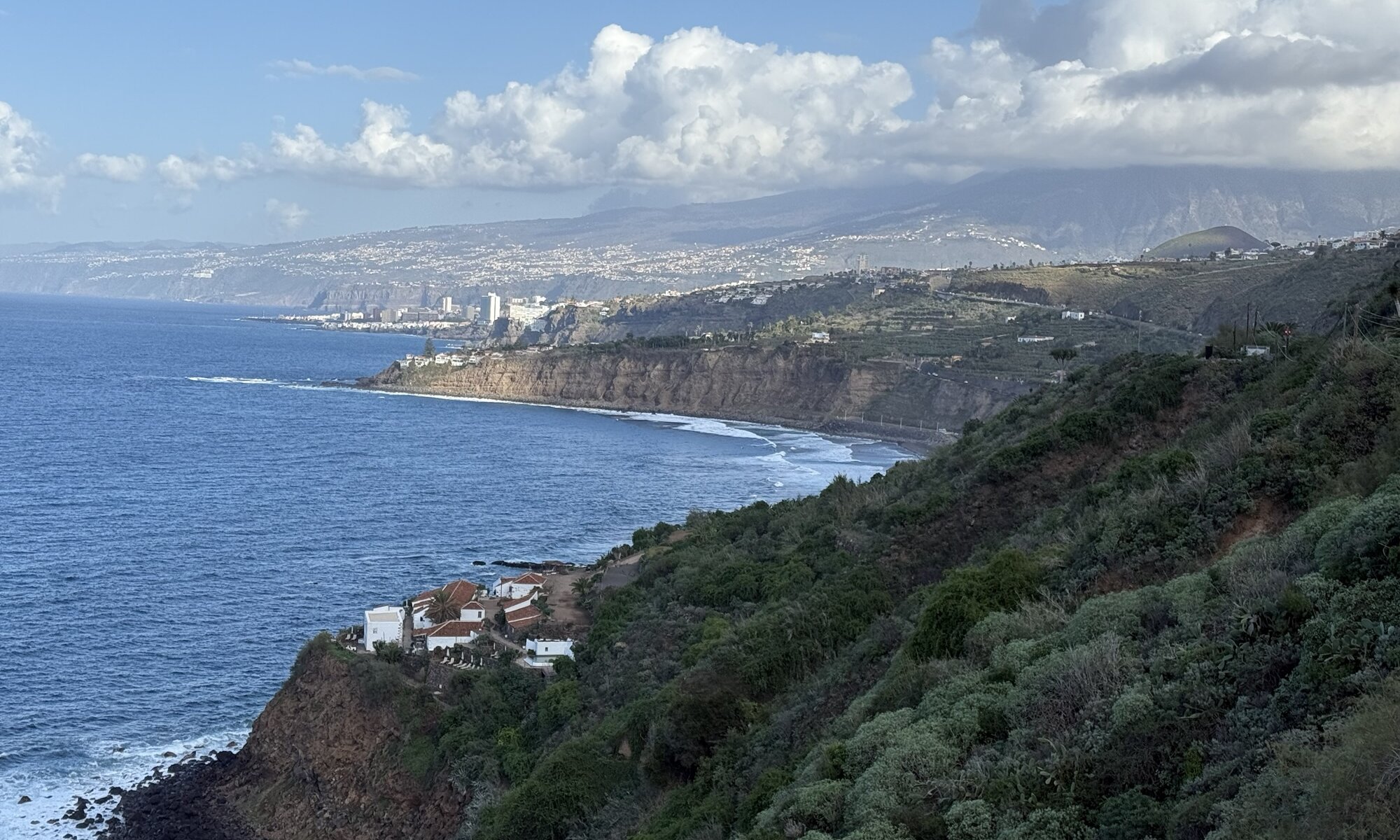Located in the heart of Antigua Guatemala, El Bosque is a popular beer garden that attracts a diverse crowd, including many expatriates and tourists, often referred to as ‘Gringos‘. This charming spot offers a relaxed atmosphere, surrounded by lush greenery, making it an ideal place to unwind and enjoy local craft beers. The beer garden is part of Antigua Cerveza, a local brewery known for its variety of beers, which range from blonde ales to stouts. Visitors can enjoy these brews in a serene setting, often accompanied by live music and delicious food, creating a welcoming environment for both locals and foreigners alike.
Continue reading “El Bosque”Cerro de La Cruz
The Hill of the Cross is a popular viewpoint located on the northern edge of Antigua Guatemala. From this elevated position, visitors are treated to a breathtaking panoramic vista of the colonial city, with its charming terracotta roofs and cobblestone streets sprawling out below. The iconic Volcán de Agua dominates the southern horizon, its symmetrical cone rising majestically to an altitude of 3,760 meters. On clear days, the view extends far beyond Antigua, encompassing the surrounding valleys and even distant volcanoes like Fuego and Acatenango.
Continue reading “Cerro de La Cruz”Quetzal
The Guatemalan quetzal (GTQ) is the official currency of Guatemala, named after the resplendent quetzal, the country’s national bird. Introduced in 1925 during the presidency of José María Orellana, it replaced the Guatemalan peso at a rate of 60 pesos to 1 quetzal. The currency’s name has historical significance, as quetzal bird tail feathers were used as currency in ancient Mayan culture. The quetzal is divided into 100 centavos, and its plural form is quetzales.
Continue reading “Quetzal”Antigua
Antigua Guatemala, meaning ‘Old Guatemala‘, is a captivating colonial city nestled in the central highlands of Guatemala. Founded in 1543 as Santiago de los Caballeros de Guatemala, it served as the capital of the Captaincy General of Guatemala until 1773, when a series of devastating earthquakes prompted the relocation of the capital to present-day Ciudad de Guatemala. Despite this setback, Antigua has preserved its rich colonial heritage, earning it UNESCO World Heritage status in 1979.
Continue reading “Antigua”Lago de Atitlán
Nestled in the Guatemalan highlands, Lago de Atitlán is a breathtaking natural wonder surrounded by three majestic volcanoes: San Pedro, Tolimán, and Atitlán. This stunning lake offers visitors a plethora of activities and sights to enjoy. Adventure enthusiasts can partake in kayaking, stand-up paddleboarding, or even paragliding for an aerial view of the landscape. The lake’s shores are dotted with picturesque Mayan villages, each with its own unique character, where travelers can immerse themselves in local culture, shop for traditional textiles, and enjoy the serene atmosphere. Hiking opportunities abound, with trails like the Indian Nose offering spectacular sunrise views over the lake and surrounding volcanoes.
Continue reading “Lago de Atitlán”La Aurora
La Aurora International Airport (GUA) serves as the primary gateway to Ciudad de Guatemala, located just 6.4 kilometers south of the city center. This modern facility underwent significant expansion and renovation, completed in 2008, allowing it to accommodate more flights and larger aircraft. The airport features two terminals and for those looking to explore the city and the wonderful country, numerous car rental options are available directly at the airport.
Continue reading “La Aurora”George Bush Intercontinental
The airport of Houston (IAH), originally named Houston Intercontinental Airport, opened its doors in June 1969 and has since become a major hub for international travel in Texas. Renamed in 1997 after the 41st President of the United States, the airport spans over 4,000 hectares and features five runways, making it Houston‘s largest airport and the #8 airport in the United States. It serves as a premier long-haul facility for the region, supporting 26 airlines that offer flights to 187 non-stop destinations. The airport has obviously aged over time but is working well and fast.
Continue reading “George Bush Intercontinental”Manchester Airport
Well, the airport of Manchester isn’t very modern and does deserve a makeover. But maybe the busiest airport of the United Kingdom outside of London also fits well to the worker bee city, to the former heart of the Industrial Revolution. MAN airport was opened in 1938 and formerly known as the Ringway Airport – it is located 15 kilometers south of the city, in the civil parish of Ringway. The airport has two runways and three terminals nicely linked using skylinks.
Continue reading “Manchester Airport”Dichterfürst
One of the most important sons of the city of Frankfurt am Main is for sure Johann Wolfgang von Goethe. He died at Weimar and is buried at the Fürstengruft there, but he is still present in his birthplace. One example of that is the Frankfurter Goethe-Haus at the Großer Hirschgraben, the place he was born at in 1749 and the seat of his family until 1795. Unfortunately, the house itself was destroyed in 1944 during an air raid – but the interior was preserved. After long debates the house was rebuilt and serves as a museum today.
Continue reading “Dichterfürst”Tenerife
It was a rather spontaneous decision to spend the end of the year on Tenerife, enjoying the warmer weather in contrast to central Europe. Tenerife is the largest of the Islas Canarias located in the Atlantic ocean close to Western Sahara and Morocco. The island has the shape of a tilted Y and was formed 12 million years ago by volcanic activities. First human traces can be dated back to the 10th century BC; interaction with European cultures started in the 14th century CE followed by a colonisation by the Spanish after massive fights with the indigenious people.
Continue reading “Tenerife”
